.jpg)
After more than 1 month of excavation, the Working Group opened 2 excavation pits at the place where many ceramic pieces were discovered and 1 exploration pit with a total area of 101m2 . Many artifacts appeared right on the surface, which were broken ceramic pieces and some stone pieces. When digging deeper, 2 tombs were discovered.
.jpg)
One grave includes: a high-flared ceramic pot, buried upright; 1 small ceramic pot with a spherical body; 5 round, cylindrical orange glass beads; 4 very small, spherical red-brown glass beads. The second grave only has the spherical bottom of a jar, the ceramic body mixed with gravel, 1cm thick; 1 truncated cone-shaped wheel; many colorful spherical and wheel-shaped glass beads.
The excavation also yielded a variety of artifacts made of various materials, including stone, ceramic, glass, and bronze. Specifically, the stone artifacts included axes, adzes, stone sockets, pendants, and agate beads.
.jpg)
Pottery items account for the largest quantity with nearly 8,000 pieces of various types of pottery, most of which are broken and chipped due to weather impacts, making it difficult to restore their original shape. These pieces are the bodies, mouths, and bases of pots, jars, vases, bowls, jars, and urns. The main patterns are brushwork, line carving, and dot printing with multi-toothed sticks.
.jpg)
In addition, a number of ceramic artifacts in intact shape were also found, including: 2 ceramic pots made of rough, gray pottery, flared mouth, and sloping shoulders; 7 red-gray, red-brown ceramic plumb-sticks, mostly truncated cone-shaped, with small central holes and no patterns.
The glassware was quite large in quantity with 2,000 beads of various types, shapes and colors. The bronzeware was found in small pieces and some fragments possibly small bronze bracelets.
MSc. Nguyen Manh Thang, Head of the Collection Research Department - National History Museum, commented that although the excavation has not met initial expectations due to the incompleteness of the relic due to the impact of weather and the encroachment of antiquities hunters, the excavation has yielded valuable scientific information and collected a rich collection of artifacts.
.jpg)
Through that, it can be seen that Phan Hiep is a burial site of the Early Iron Age residents, possibly of the Sa Huynh residents. Considering the types of artifacts and manufacturing techniques, the Phan Hiep relic dates back to about 2300 - 2200 years ago.
.jpg)
Ms. Le Thi Truc Linh, Deputy Director of Lam Dong Department of Culture, Sports and Tourism, highly appreciated the results of the excavation. At the same time, she emphasized that the excavated artifacts are no longer a matter of storage and preservation in museums, but are also valuable heritages for future generations to look at, research and study.
The Department accepts all proposals and recommendations from the excavation team, and will especially promote the management and protection of sites and relics against the risk of encroachment due to urbanization, civil activities and the hunting of antiquities to preserve and promote their values.
Source: https://baolamdong.vn/nhieu-phat-hien-khoa-hoc-tu-di-chi-khao-co-phan-hiep-388613.html





















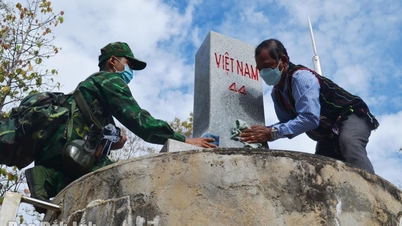













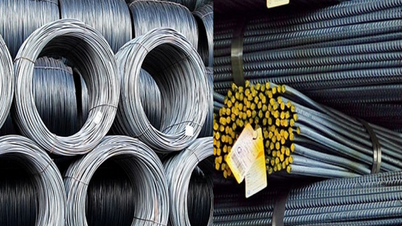



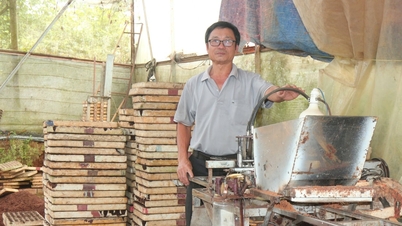



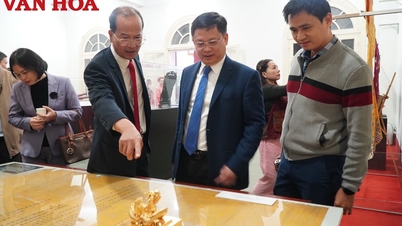





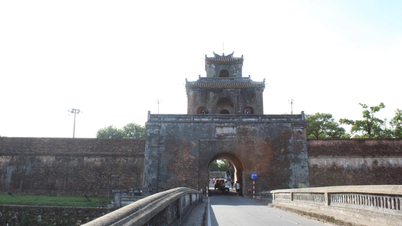

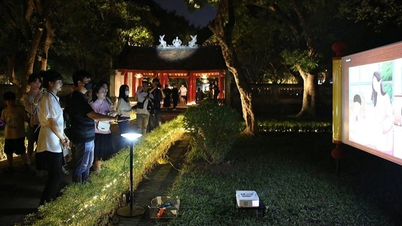





































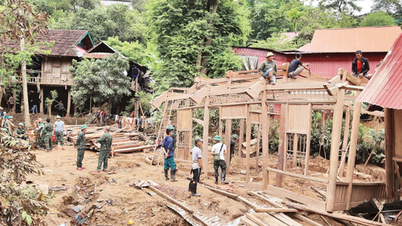






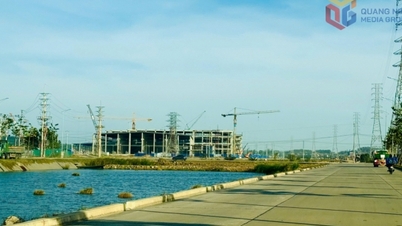










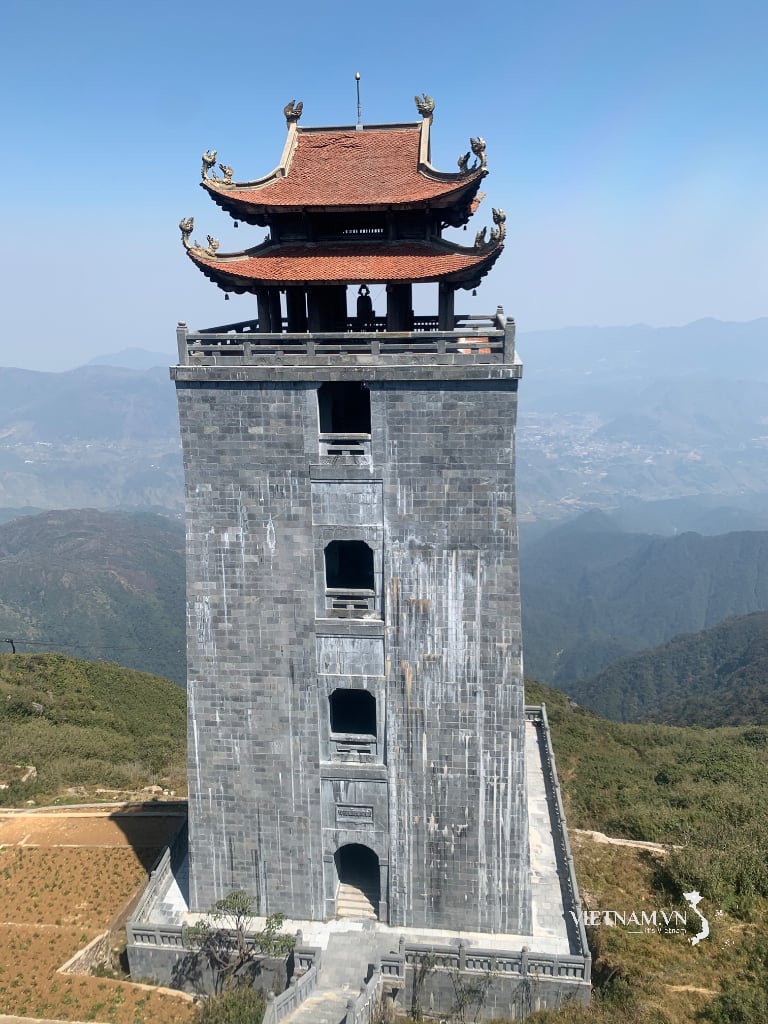



Comment (0)